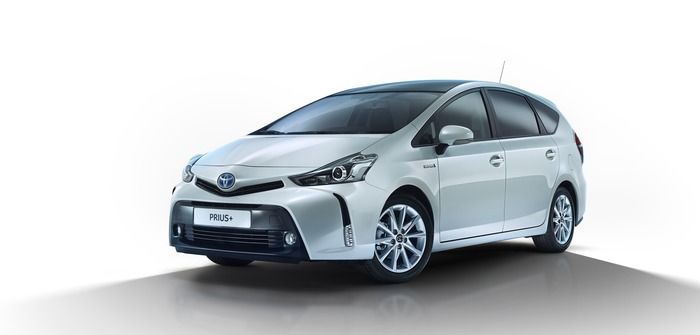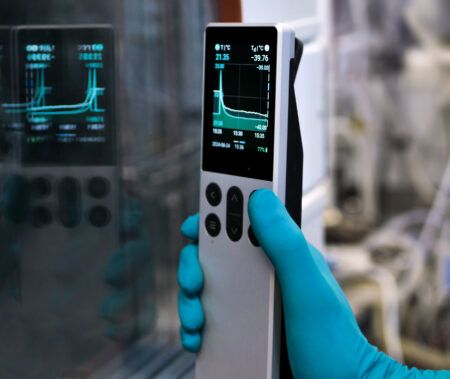Widely regarded as the first mass-produced HEV, the Toyota Prius has championed low-carbon transport technology since it was introduced in 1997. According to Toyota, cumulative global sales of its HEVs exceed nine million, with approximately six million units attributed to the Prius family. However, since 2012, sales numbers have stalled at circa 1.2 million units per year, suggesting that its market share is being eroded.
With the rapid growth of the EV market, the question arises as to why Toyota’s HEV sales have slowed down? An obvious reason is that there’s simply more competition; during the early years of HEVs, consumer choice was extremely limited and Toyota’s first-mover advantage gave it a significant market share. From a technological perspective, the earlier Prius versions were built using a nickel-metal hydride (NiMH) battery, as lithium-ion battery technology was still in development. It was not until the fourth generation of Prius in 2015 that a Li-ion battery was introduced. This highlights one of the major challenges of being a first mover – early design decisions can slow down future innovations as manufacturing lines are optimized for older technology.
In contrast, other companies who released HEVs or BEVs later could design around the superior Li-ion battery chemistry, which has improved at a much more rapid pace. These new competitors also offer different business model approaches to capture growing customer groups. The emergence of China as a global EV force is driven, in part, by emissions regulation, which make it difficult for Chinese OEMs to sell their vehicles in North American and European markets, leading to considerable investment in growing China-based EV companies. By comparison, Tesla offers relatively high-end products with equally high-end marketing. Such has been their success that press releases from Elon Musk are received in the same manner as those about the latest iPhone.
The landscape for EV technology continues to evolve at pace. Where this will end up remains to be seen, however it is evident that picking a winner still appears to be a lottery due to the shifting consumer perception of the technology and appetite for the product. The only reliable forecast that can be made at this stage is that the EV industry will increase and thus attract a more diverse market. Companies that aren’t agile enough to adapt to the changing landscape risk getting left behind – innovation will be at the heart of success.
Submitted by Billy Wu, lecturer, Dyson School of Design Engineering at Imperial College London





